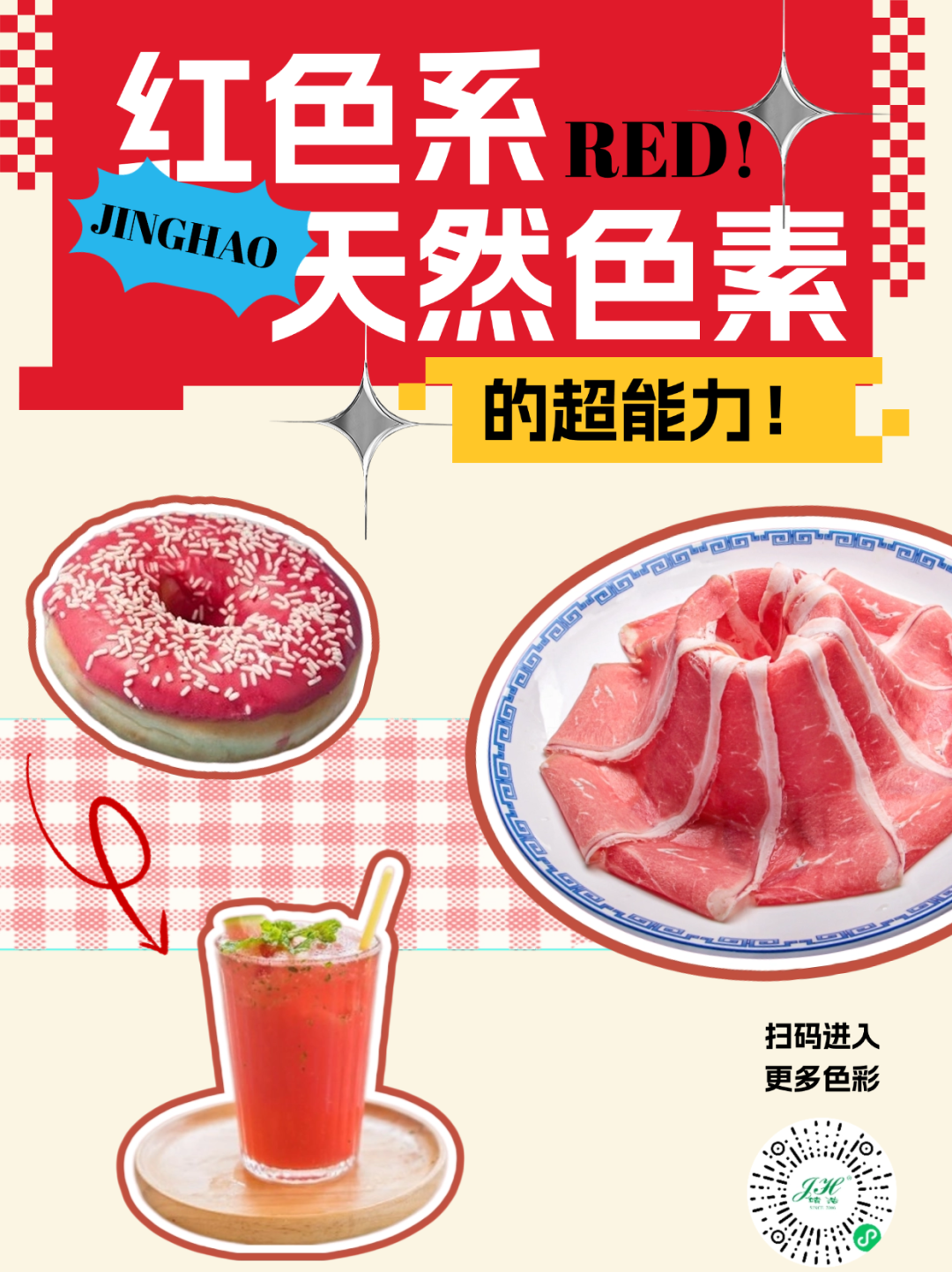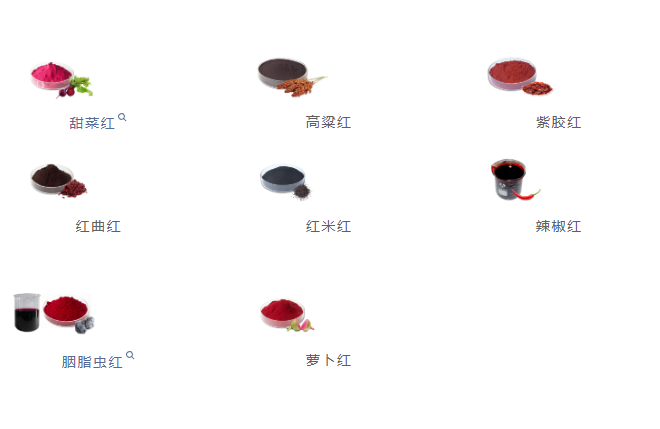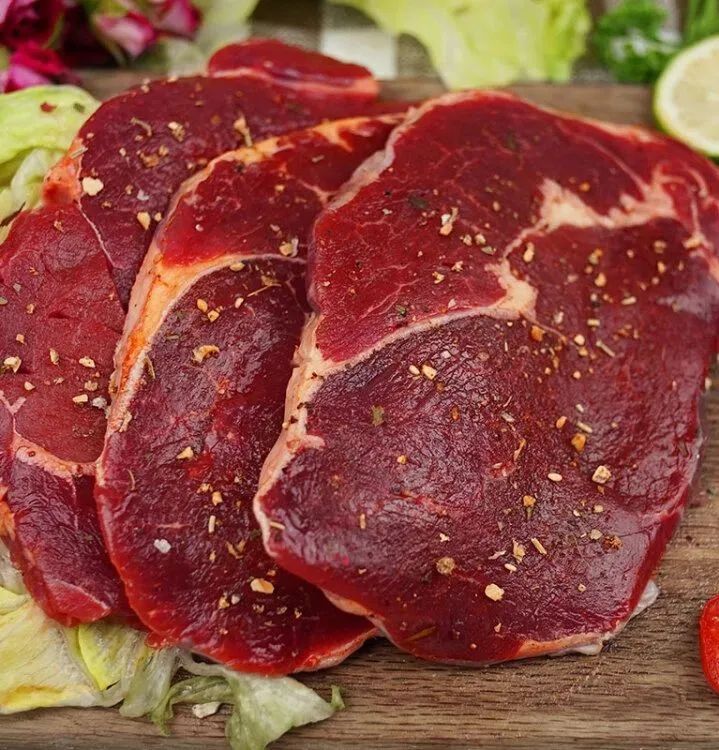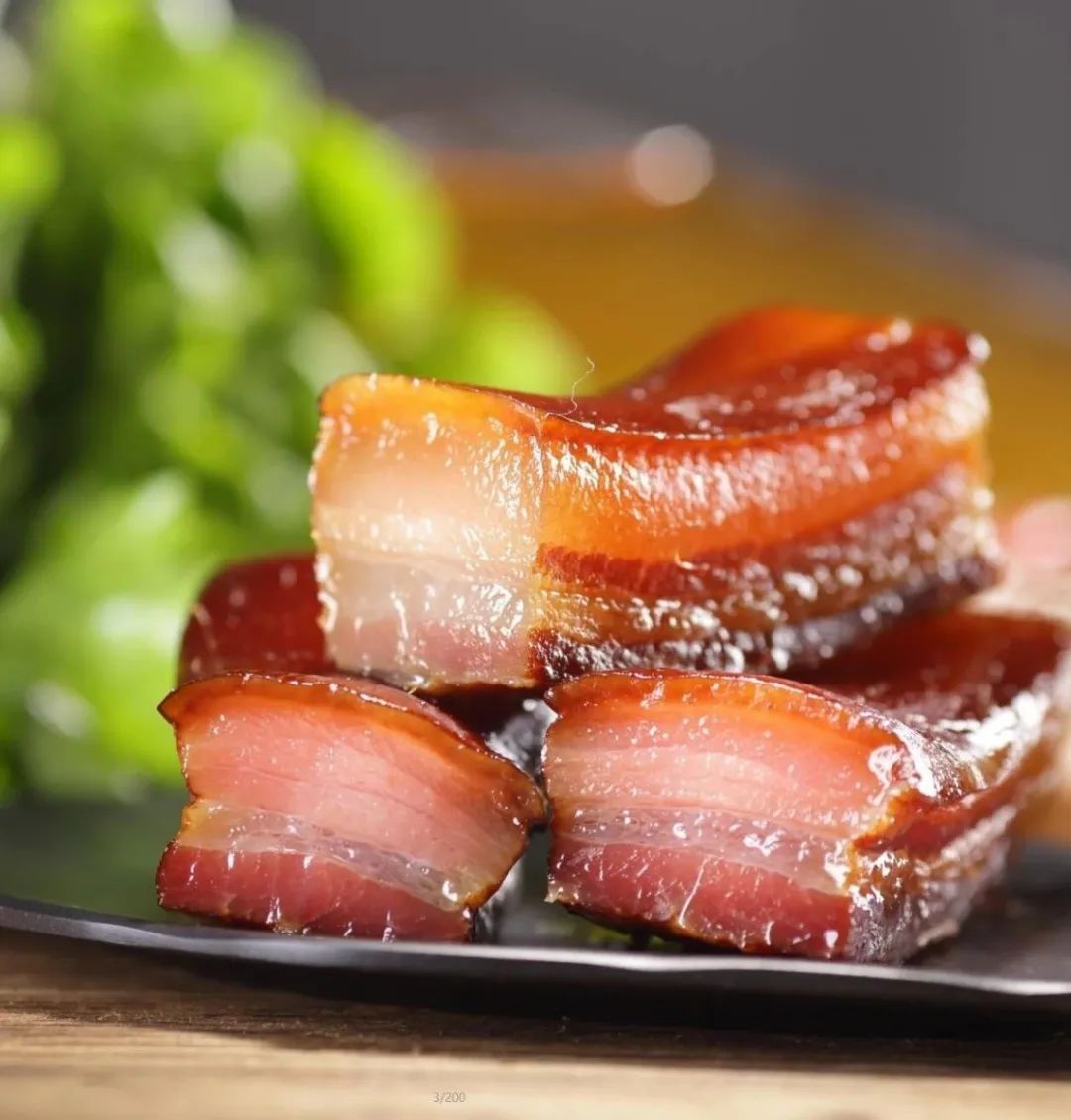


Regardless of the season, red always has a position in the food realm, such as red velvet cake, spicy crayfish, watermelon ice... Different colors exert distinct psychological impacts on people. Red evokes a sense of health, vitality, enthusiasm, hope, and justice in people.

Frequently, people's fondness for food commences with its appearance. "Appearance" and "colour" not only mirror the flavour and freshness of food but also influence the psychology of the eater – those food with vivid colors are more prone to gain favour.
However, the "beauty" bestowed by nature upon food is often fragile and short-lived. Whether during cooking, processing, or storage, color browning may occur at any time. Through the investigation of consumers, the food industry considers adding food colouring – coloring agents to enhance the natural color of food caused by processing, "repair" and augment the sensory attributes of food, enabling consumers to experience psychological pleasure and the desire to purchase when facing food.

Commonly seen red pigments are:

The above sources of natural pigments originate from plants and animals in nature. For instance, beet red is extracted from red beet (laver head) with water and obtained after concentration and spray drying; Paprika red is made from the peel of Capsicum annuum L. and its products as raw materials, through extraction, filtration, concentration, capsaicin removal and other processes. Carmine cochineal is made by extracting the female adult body of Dactylopius Costa with water, methanol and/or ethanol solution and then concentrating. Among them, the specific industry categories and usage of beet red and Sorghum red refer to the relevant provisions of GB2760 National Food Safety Standard for Food Additive Use. In most product categories, they can be added appropriately according to production needs, and specific categories can refer to Table A.2 in GB2760.

Other red natural pigments need to be added and used in strict accordance with the dosage standard. For the specific use of industry categories and usage reference, welcome to scan the code to enter the query page:


In baked foods (food classification number: 07.0), common red natural pigments are: carmine cochineal, sorghum red, beet red. In recent years, in consumers' favourite red velvet cakes, milk sandwich cookies, etc., the figure of red natural pigment can be witnessed.


In meat and meat products (food classification number: 08.0), different sub-categories can employ corresponding natural pigments to enhance and safeguard the color of meat products.


For more natural pigments and related information, please call us or mail us:
COMPANY: ZHUHAI JINGHAO BIOLOGICAL-TECH CO.,LTD.
ADDRESS: AREA B, 4-3 FLOOR , NO. 5 BUILDING , CHUANGYE WEST ROAD, SHUANGLIN SECTION, LIANGANG INDUSTRIAL ZONE, JINWAN DISTRICT, ZHUHAI CITY, GUANGDONG PROVINCE, CHINA. P.C. 519000.
WEB.: http://016l.cn E-MAIL: info@biolo-tech.com
TEL.: 0756-6255288/0756-6255280 MOB.: 13928090373




珠海靖浩生物科技有限公司 粵ICP備20042151號(hào) 站點(diǎn)地圖